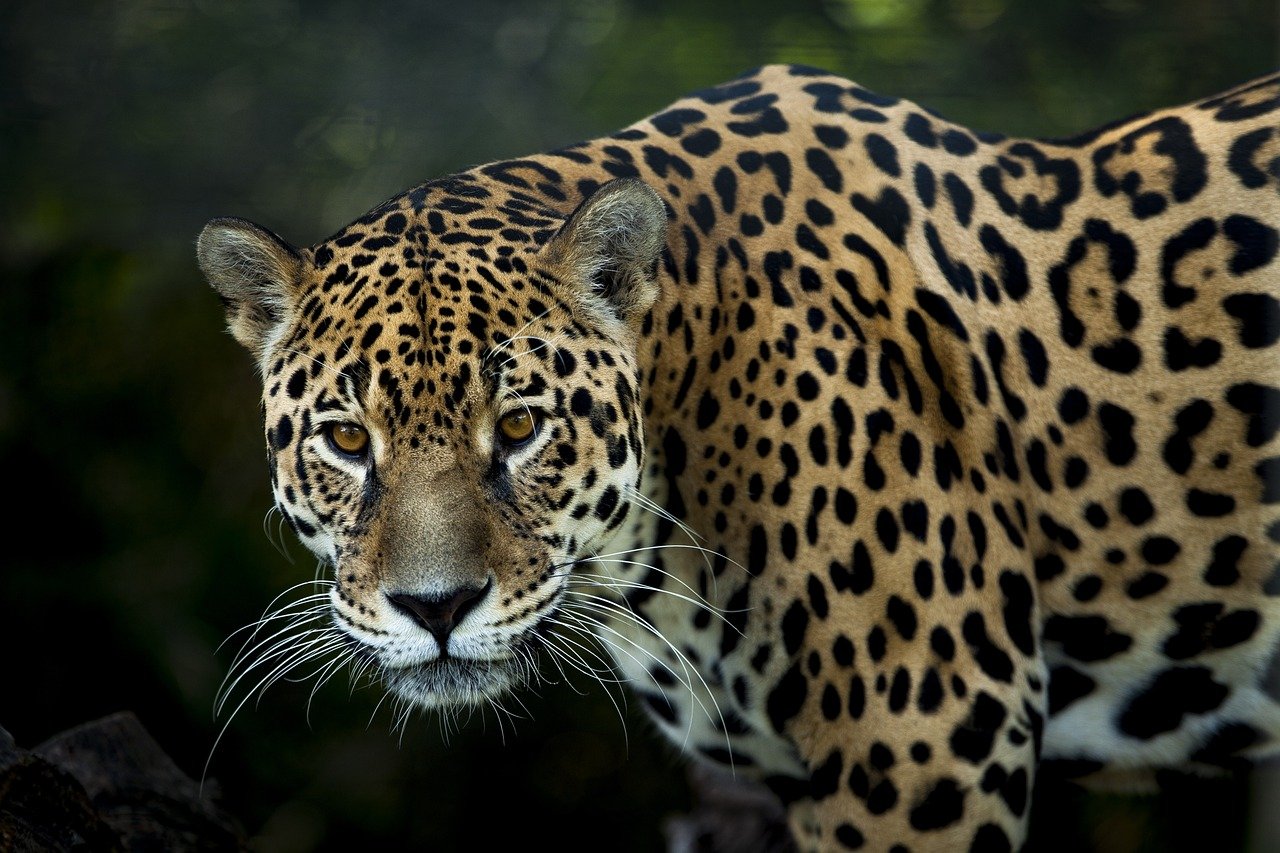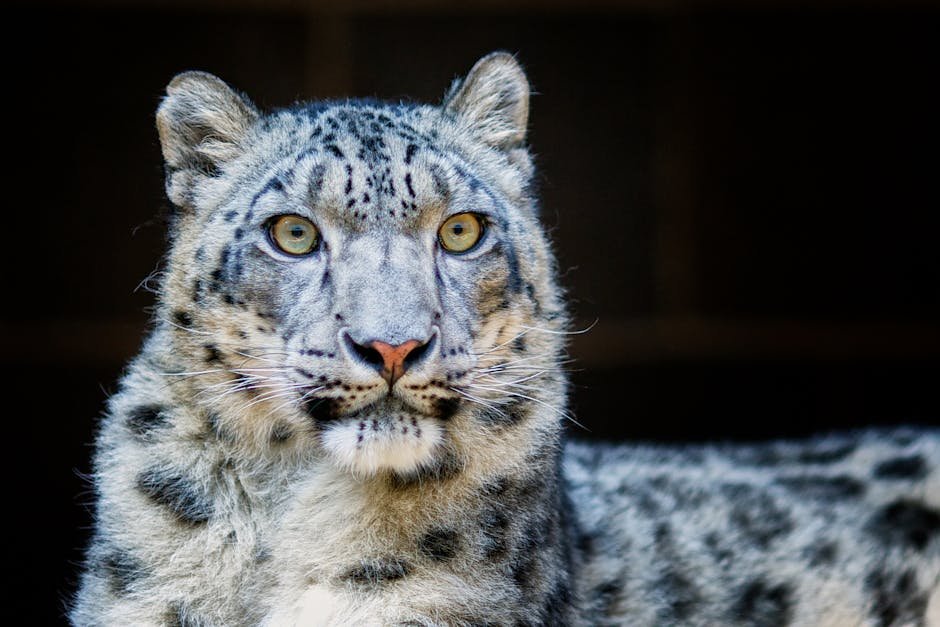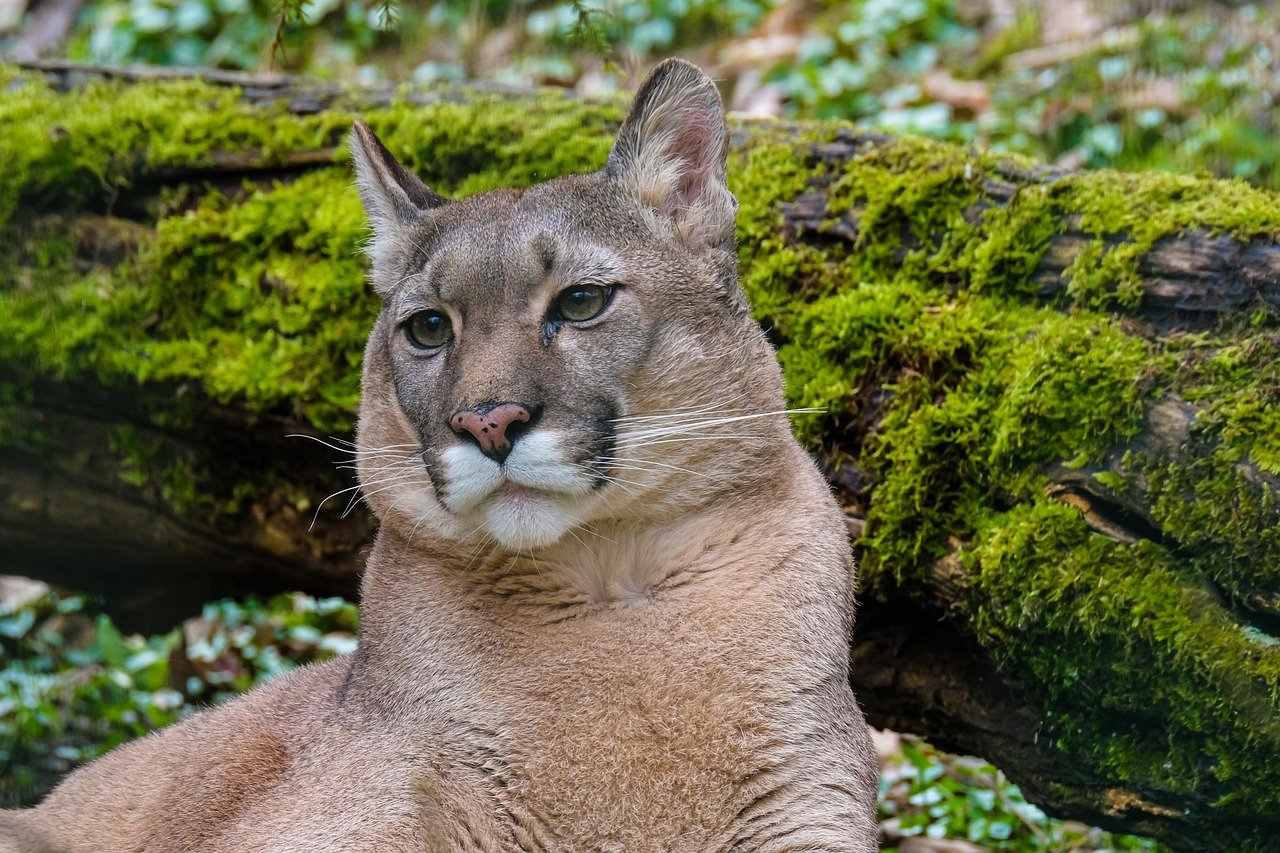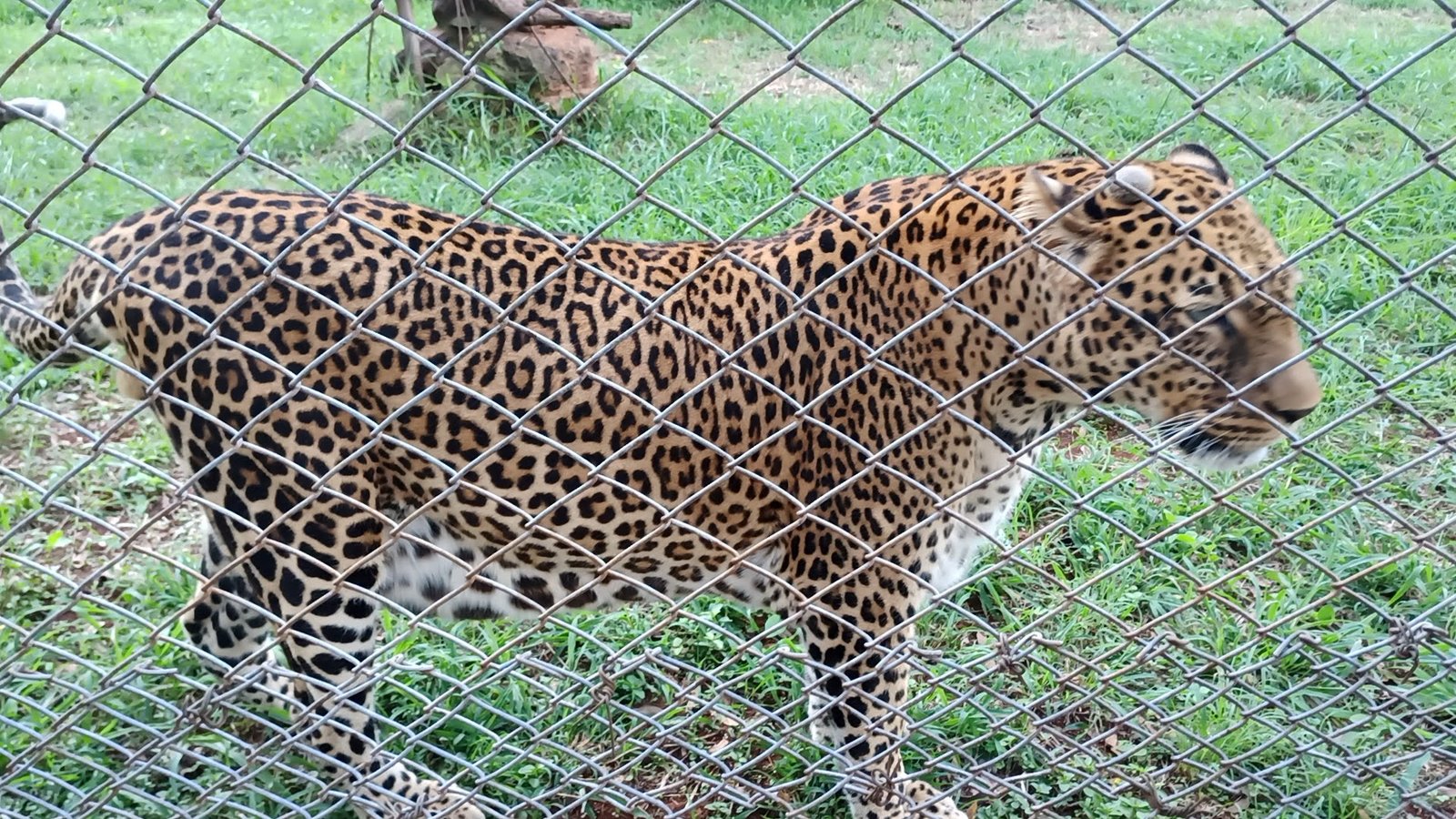The world of big cats is a mesmerizing realm filled with majestic creatures that have fascinated humans for centuries. These powerful felines are not only known for their grace and agility but also for their incredible bite force. This article delves into the intriguing universe of big cats, focusing on those with the most formidable bites. For all the cat enthusiasts out there, prepare to be enthralled by these magnificent creatures.
Lion: The King with a Mighty Bite
The lion, often dubbed the “King of the Jungle,” is renowned for its regal presence and commanding roar. But beyond its majestic appearance lies a formidable bite force. Lions boast a bite force of around 650 PSI (pounds per square inch), which allows them to take down large prey with ease. Their powerful jaws are essential for their survival, as they rely on their hunting prowess to sustain their prides. Lions are social animals, and their hunting tactics often involve teamwork, where this bite force plays a crucial role. They are capable of bringing down animals much larger than themselves, such as buffalo and wildebeests. This immense power is one reason why lions have been admired and revered across cultures for centuries.
Tiger: The Silent Stalker with a Potent Bite
Tigers are solitary creatures that rely on their stealth and strength to hunt. With a bite force of approximately 1,050 PSI, they are the undisputed champions of the big cat world in terms of sheer biting power. Tigers use their powerful jaws not only to capture prey but also to crack open bones, gaining access to the nutritious marrow inside. Their large, muscular build and sharp claws make them formidable hunters who can take down prey much larger than themselves. Tigers are known for their beautiful orange coats with black stripes, which provide perfect camouflage in their natural habitats. This combination of power and stealth makes the tiger a truly awe-inspiring predator.
Jaguar: The Jungle’s Bone Crusher

Jaguars are the apex predators of the Americas, and they possess an astonishing bite force of about 1,500 PSI, the strongest of any big cat relative to their size. This incredible power allows them to pierce through the thick skulls of their prey, including caimans and capybaras. Jaguars have a unique hunting technique where they often bite directly through the skull or spine of their prey to deliver a fatal blow. Their muscular build and strong jaws make them exceptional hunters in their dense jungle habitats. Jaguars are also excellent swimmers, often hunting in and around water. This adaptability and power make them one of the most formidable predators in their ecosystem.
Leopard: The Agile Opportunist

Leopards are known for their adaptability and versatility, making them successful predators across various environments. With a bite force of around 300 PSI, leopards rely on their stealth and agility to capture prey. They have a unique ability to drag their kills up into trees, keeping them safe from scavengers. This behavior, known as “tree caching,” is a testament to their strength and intelligence. Leopards are solitary animals, often hunting at night when their spotted coats provide excellent camouflage. They are opportunistic hunters, feeding on a wide range of prey, from small rodents to larger ungulates. Their adaptability and cunning make them one of the most widespread big cats in the world.
Cheetah: Speed Over Strength

The cheetah is renowned for its incredible speed, being the fastest land animal on Earth. However, when it comes to bite force, cheetahs have a more modest rating of around 475 PSI. Unlike other big cats, cheetahs rely on their speed and agility to chase down prey rather than brute force. Their lightweight build and aerodynamic bodies make them exceptional sprinters, capable of reaching speeds of up to 60 mph in short bursts. Cheetahs have a unique hunting strategy that involves tripping their prey with a swipe of their paw before delivering a precise bite to the throat. This combination of speed and precision makes the cheetah a highly effective predator in its own right.
Snow Leopard: The Ghost of the Mountains

Snow leopards are elusive and enigmatic creatures that inhabit the rugged mountains of Central Asia. With a bite force of approximately 450 PSI, they are well-equipped to tackle prey in their harsh environments. Their powerful build allows them to take down animals much larger than themselves, such as blue sheep and ibex. Snow leopards have long, thick fur that provides insulation against the cold, and their large paws act as natural snowshoes, allowing them to move effortlessly across snowy terrain. These solitary hunters are known for their incredible leaping ability, capable of jumping up to 50 feet in pursuit of prey. Despite their elusive nature, snow leopards are a symbol of beauty and strength in the wild.
Puma: The Versatile Predator

Pumas, also known as cougars or mountain lions, are highly adaptable predators found across the Americas. With a bite force of about 350 PSI, they are skilled hunters capable of taking down prey several times their size. Pumas are solitary animals that rely on stealth and patience to ambush their prey. They have a wide range of habitats, from dense forests to open grasslands, showcasing their adaptability. Pumas are known for their athleticism and agility, often leaping great distances to catch unsuspecting prey. Their powerful hind limbs and strong jaws make them formidable hunters in their respective environments.
Clouded Leopard: The Tree-Dwelling Mystery
Clouded leopards are enigmatic creatures that inhabit the dense forests of Southeast Asia. With a bite force of around 200 PSI, they may not have the strongest bite among big cats, but they possess unique adaptations for arboreal life. Clouded leopards have long, sharp canines that allow them to efficiently capture and kill prey in the treetops. Their short, stocky bodies and long tails provide excellent balance and agility, enabling them to navigate through the forest canopy with ease. Clouded leopards are solitary and elusive, making them one of the most mysterious big cat species. Their striking cloud-like markings provide excellent camouflage, helping them blend seamlessly into their surroundings.
Siberian Tiger: The Northern Giant
The Siberian tiger, also known as the Amur tiger, is the largest of all tiger subspecies and boasts a formidable bite force of around 950 PSI. These majestic creatures inhabit the frigid forests of Siberia, where their thick fur provides protection against the harsh cold. Siberian tigers are solitary hunters that rely on their strength and stealth to capture prey, such as deer and wild boar. Their massive size and powerful jaws allow them to take down large animals with ease. Despite their strength, Siberian tigers face threats from habitat loss and poaching, making their conservation crucial for their survival.
Conclusion

In the fascinating world of big cats, each species possesses unique characteristics and adaptations that make them formidable predators. From the regal lion to the elusive snow leopard, these majestic creatures continue to captivate our imaginations. Their powerful bite forces are a testament to their strength and hunting prowess, allowing them to thrive in diverse environments across the globe. Whether it’s the bone-crushing bite of the jaguar or the stealthy precision of the cheetah, big cats remain an enduring symbol of power and beauty in the animal kingdom.
Hi, I’m Bola, a passionate writer and creative strategist with a knack for crafting compelling content that educates, inspires, and connects. Over the years, I’ve honed my skills across various writing fields, including content creation, copywriting, online course development, and video scriptwriting.
When I’m not at my desk, you’ll find me exploring new ideas, reading books, or brainstorming creative ways to solve challenges. I believe that words have the power to transform, and I’m here to help you leverage that power for success.
Thanks for stopping by, Keep coming to this website to checkout new articles form me. You’d always love it!





